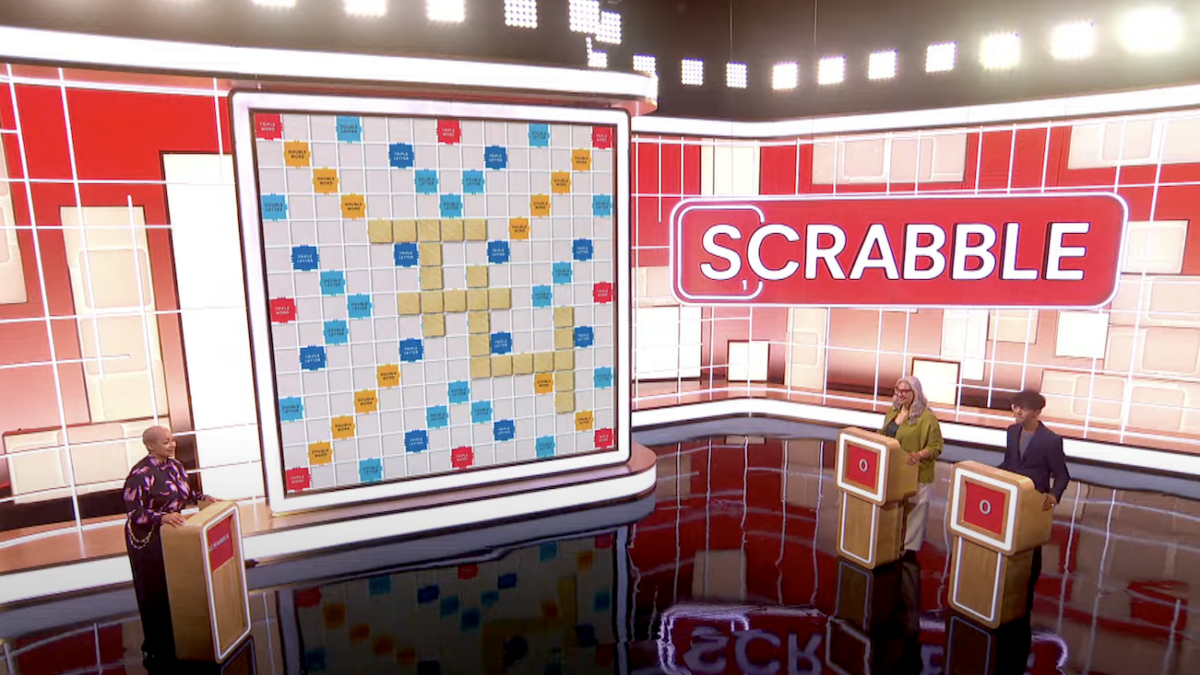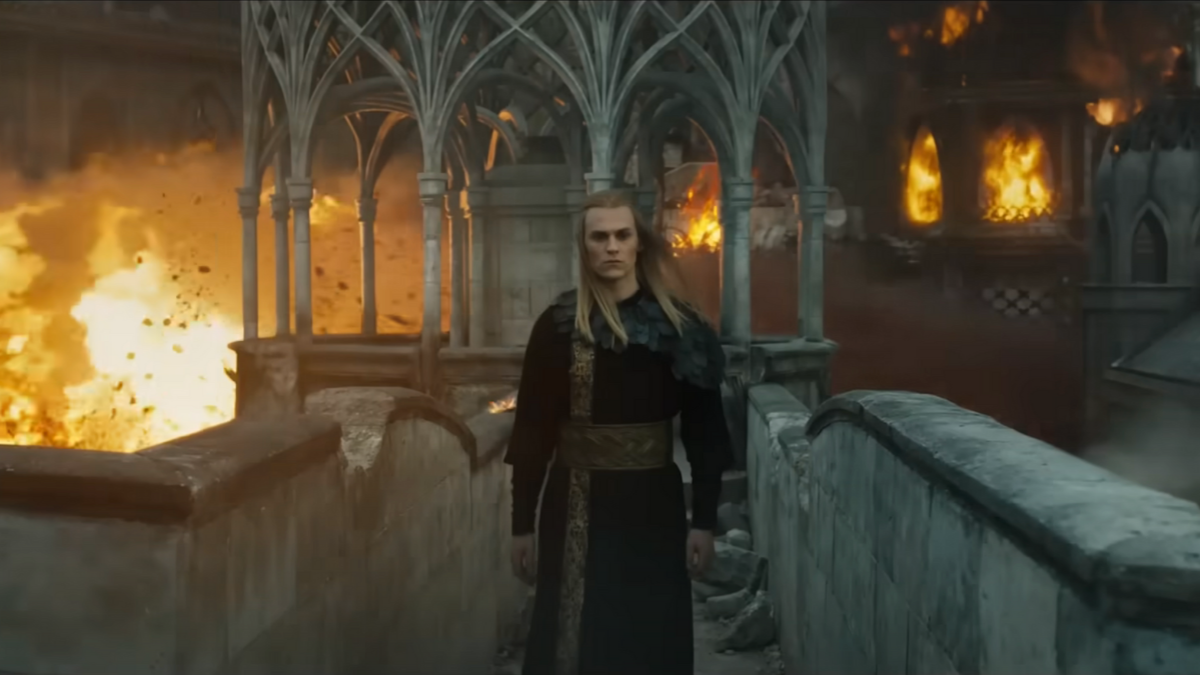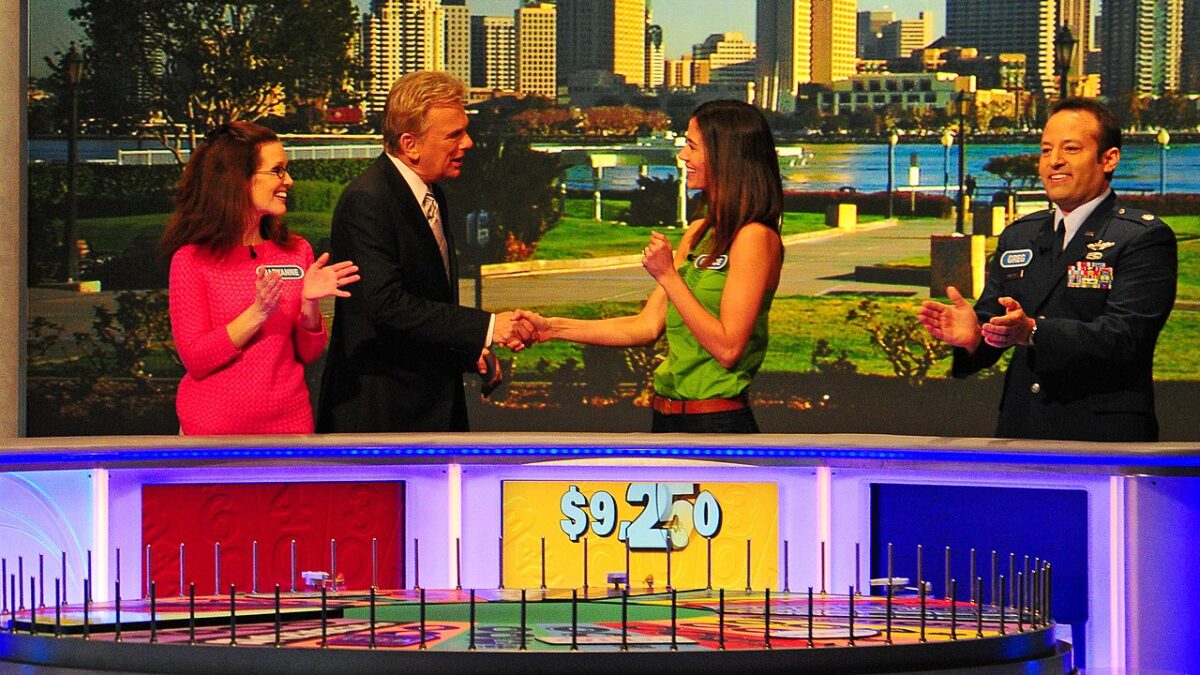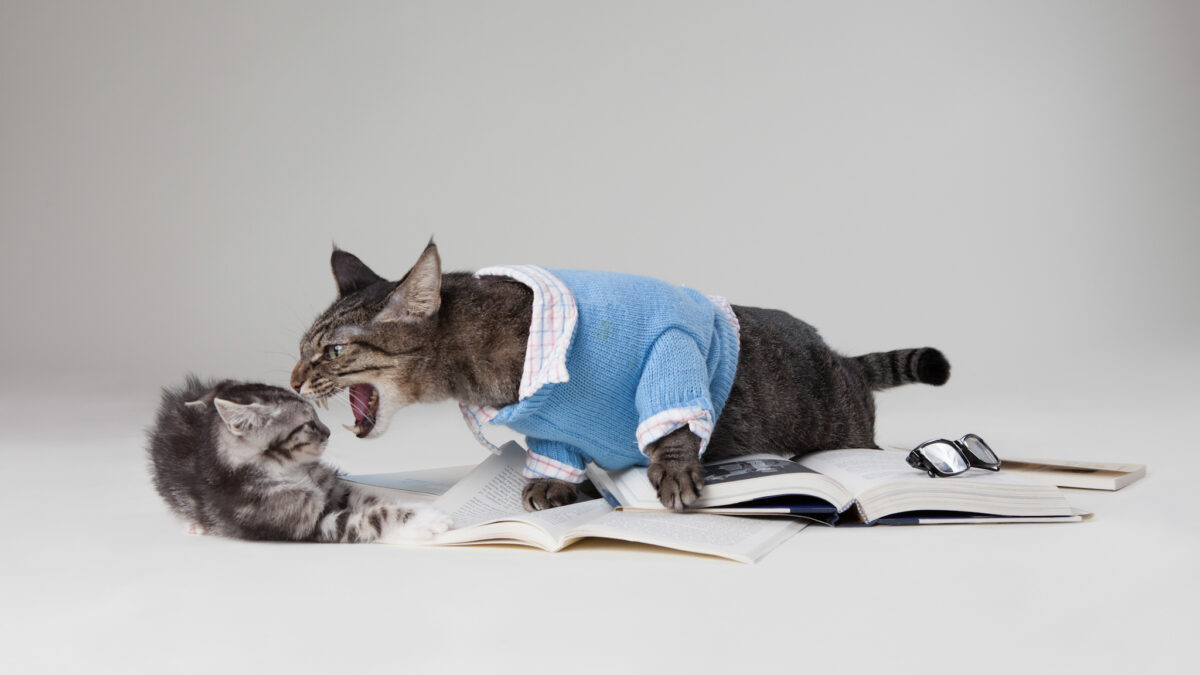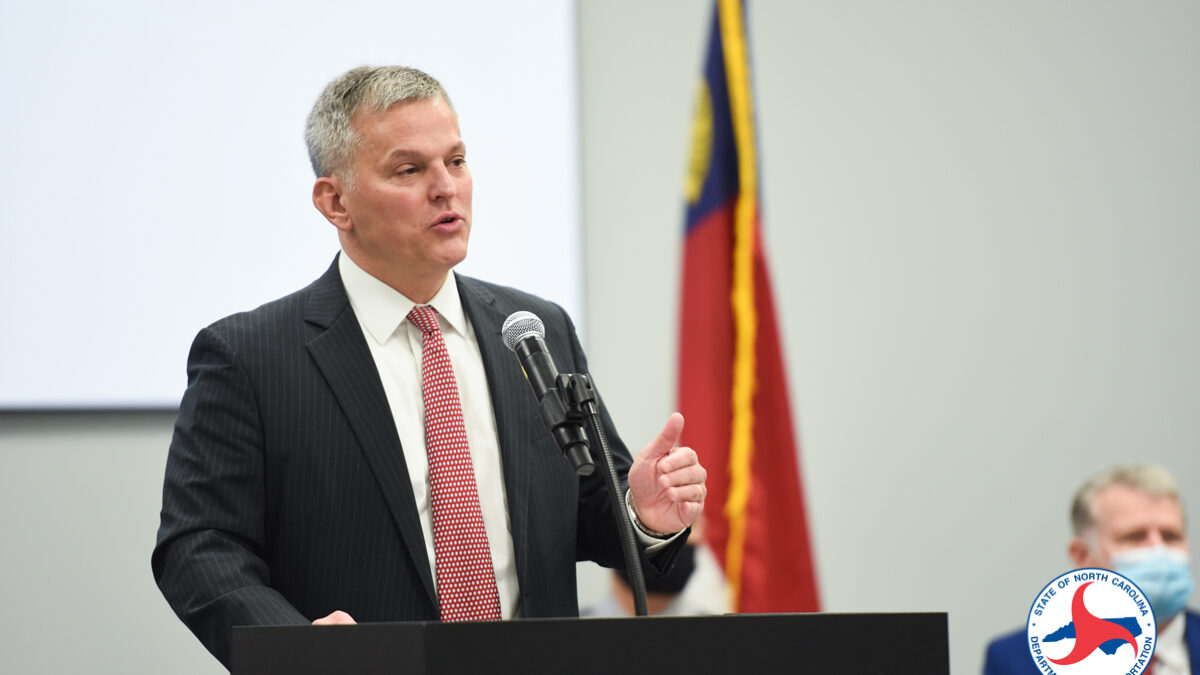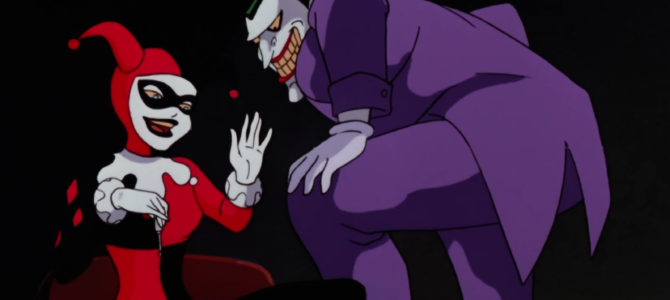
Spoilers ahead.
The primary pop cultural significance of “Batman: The Animated Series” can be found in “Joker’s Favor,” which introduced the world to the Joker’s main moll, Harley Quinn. Created by Paul Dini and Bruce Timm, Quinn was originally conceived – if one believes the legend – simply to avoid having the Joker jump out of cake in drag. Fans fell in love with her; she became popular not only in the series, but also in comics, and ultimately Margot Robbie’s re-imagining of the character for the big screen in “Suicide Squad” (2016).
It is easy to see why Harley Quinn became a sensation and difficult to believe Dini and Timm secretly had no plans for her. She debuts as a fully-formed character. Timm’s visual design is indelible, marrying the traditional harlequin costume with a jester’s cap and somehow making it look sleek and sexy. Dini wrote this supposed one-shot figure with the sass and swagger of the archetypal Girls Friday and Femmes Fatale of 1940’s film noir. The voice acting from Arleen Sorkin (a friend of Dini whose appearance as a jester in a “Days Of Our Lives” dream sequence was one inspiration for the character) fully delivers what was promised in drawings and dialogue.
Harley Quinn would entirely steal the show, were the episode not also the best Joker story of the series thus far. In earlier-produced episodes like “Christmas With the Joker,” the Clown Prince of Crime was dangerous and yet remained mostly a clown. Here, with arguably smaller stakes, he seems scarier.
Part of the Joker’s menace here is in the drawing. He wears the broad-brimmed hat from his earliest appearances in comics (and Jack Nicholson’s iconic turn in “Batman” (1989)). The hat in turn warrants being drawn with broader shoulders and a more diabolical mien.
Moreover, the simple plot involves the intimidation of an everyman character, highlighting the Joker’s obsessive and psychopathic nature. The victim, Charlie Collins, is voiced by Ed Begley Jr., who is far more convincing here than he was as the henchman “Germs” in the “Feat of Clay“ two-parter.
Charlie is commuting home after having been denied a promotion, facing his wife’s bad meatloaf. He finds himself amid a police chase for the escaped Joker. He gets cut off in traffic. In a fit of road rage, Charlie pulls alongside and cusses the offender before realizing it is the Joker.
Charlie leaves the freeway but when his engine fails in a forested area, the Joker emerges from the darkness. Charlie pleads for mercy on behalf of himself and his family. The Joker agrees, but not before taking Charlie’s driver’s license (a power move predating “Fight Club” (1999)) and making Charlie promise to do him a favor someday (a la Don Corleone).
Two years later, Commissioner Gordon is to receive an award from the Peregrinators Club. (A peregrinator is a traveler or wanderer; who knew?) He is reluctant to attend the dinner, but is encouraged by Det. Bullock and Batman.
The Joker plots to assassinate Gordon. The plan is sycophantically cheered by Harley Quinn, who calls him “Mr. J.” Her applause and whistles are so insistent that the two obligatory henchmen also feel obliged to clap.
The Joker’s plan requires Charlie, who is shocked to be found after he had changed his name and moved to Ohio. When the Joker threatens Charlie’s wife and child, he agrees to fly to Gotham. At the airport, he tries to think of some way to contact Batman, but is whisked away by Quinn (disguised as a limousine driver).
In the rear of a van for “Crazy Clown Caterers,” Charlie is relieved to discover his role is merely opening a door for Quinn to roll a large cake into the awards ceremony, held at what appears to be Gotham’s museum of natural history.
Bruce Wayne puts in a brief appearance before the ceremony, chatting with Gordon amid the religious statuary and stuffed jungle cats. Meanwhile, Charlie is still trying to figure out how to alert Batman. As Alfred drives Bruce away from the museum, they notice a giant bat in the window, placed there by Charlie (this gag could have been executed with better lighting).
Charlie is called upon to open the door, only to discover his hand is now glued to the handle. Quinn, disguised as a sexy policewoman, wheels in the giant cake. Bullock makes a crude remark about the entertainment; Quinn whacks his shin with a police billy club.
Once the cake is set before Gordon, Quinn recites a short poem which ends, “You’re a hero to all the boys in blue, but this time, baby, the joke’s on you!” She blows a police whistle, releasing a paralyzing gas from trick candlesticks at the banquet tables. Quinn dons a gas mask and hands one to Charlie.
The Joker pops out of the cake and requests applause for his dramatic entrance. Quinn jumps up and down like a cheerleader. The Joker hands her a bomb, which she pins on Gordon’s chest as token of appreciation from all those he has sent to jail. Quinn then kisses him on both cheeks.
The Joker and Quinn leave the main hall, and Charlie to his death with the others. The Joker admits he promised to send Charlie home, but not necessarily alive.
Batman enters the hall through a skylight. Charlie warns him of the bomb. Batman uses his grappling gun to eject the bomb through the skylight; it falls from the roof and destroys the Joker’s van. The paralyzed crowd recovers as Batman frees Charlie, who explains he was coerced into aiding the Joker.
Batman chases the Joker through the museum, dispatching two henchmen rather easily. He intercepts Quinn, who tries to play naive before lunging at Batman with a knife from an exhibit. He leaves her handcuffed to a cannon.
Batman corners the Joker in a replica of an Aztec temple, complete with poisonous darts which fire from the walls. (This seems like a liability issue.) The Joker escapes by tossing another bomb.
The fleeing Joker is caught by Charlie, who has a bomb. Charlie tells the Joker the only way he can ensure his family’s safety is to blow them both up, which also denies the Joker glory for dying in a struggle with Batman. A frightened Joker tries to talk Charlie down while crying out for Batman (Mark Hamill’s voice work here is hilarious). The Joker surrenders the information he has on Charlie and his family; Charlie tosses the bomb at him anyway. The Joker cowers behind Batman, only to discover the bomb is a joke at which both Charlie and Batman laugh.
Batman takes the Joker into custody, while Charlie leaves for home, even looking forward to his wife’s meatloaf.
“Joker’s Favor” is famous for its big things, but also does the small things well. Batman works well within the ensemble cast, including the police characters missing from contemporaneous episodes. The score uses whistling, picking up on Quinn’s whistling throughout the episode. The creative team knew what they had, scheduling “Joker’s Favor” as the seventh episode—and first Joker story—to air.


